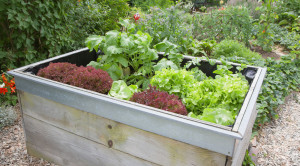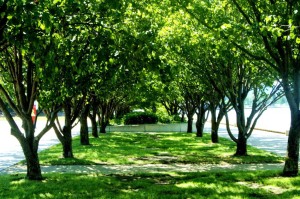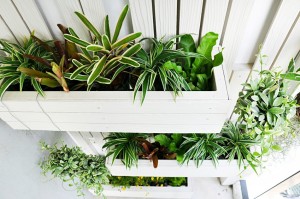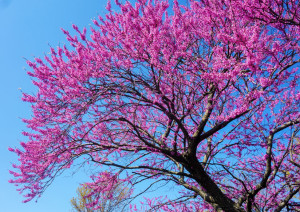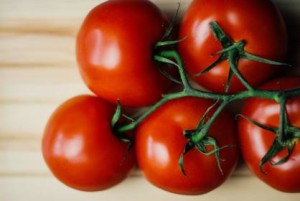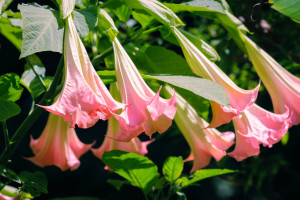Landscaping Ideas for an Inviting Retreat
 Creating the perfect oasis for the warm summer months is a fun design project, but your creative landscaping ideas are often tempered by the specific growing conditions available near your pool. For instance, pools often raise the humidity level of your yard enough to affect which plants will work well.
Creating the perfect oasis for the warm summer months is a fun design project, but your creative landscaping ideas are often tempered by the specific growing conditions available near your pool. For instance, pools often raise the humidity level of your yard enough to affect which plants will work well.
If you live in a climate that experiences freezing temperatures during the winter, you’ll need to avoid more tropical plants, or keep them in a planter that can be transplanted indoors until summer temperatures return. Here are a few landscaping ideas that will keep your pool beautiful and serve as an inviting retreat for family and friends:
Banana Trees: These trees favor climates that never experience frost. Their long leaves and long trunk make this a popular poolside choice. They also grow relatively quickly, so even if you put in a small plant, you’ll enjoy a bigger tree before long. Their beautiful leaves can be ripped easily by wind, so give it a spot with a bit of shelter near a wall or fence.
Hibiscus: These showy plants will give a distinctly Hawaiian flavor to your backyard pool landscaping, but this is another variety that needs a warm climate. If you’re fortunate enough to live in such a place, you’ll appreciate the wide variety of species available for Hibiscus lovers.
Bird of Paradise: Like the banana tree, a bird of paradise will lend a tropical feel to your pool. Its long leaves grow up to between five and 10 feet, but they also need shelter from the wind or you’ll end up with ripped leaves. This species is nice for poolside landscaping because it rarely sheds leaves.
Ornamental Grasses: No matter which climate you live in, you’re sure to find an ornamental grass to complement your pool and your temperature range. Ornamental grasses are easy to care for and they create a lovely form against the water. They also grow quickly and blend well with other plants.
Egyptian Papyrus: If your landscaping includes not only a pool, but also a boggy pond or marsh area, Egyptian papyrus can lend a lush, tropical feel to your yard. They prefer to grow in a marshy setting, so it requires just the right type of landscaping, but if your pool is paired with a pond or your swimming area is a pond, Egyptian papyrus might be a good fit.
Angel’s Trumpet: This striking flowering plant can be planted in partial to full sun in cooler climates. The white, horn-shaped blooms cast a beautiful contrast to the blue of your pool water and provide a whimsical feel to your landscaping.
Looking for more landscaping ideas for your poolside garden? No matter which plants you choose, be sure to include Kincaid Plant Markers so that you can provide individualized care to each variety of plant.

